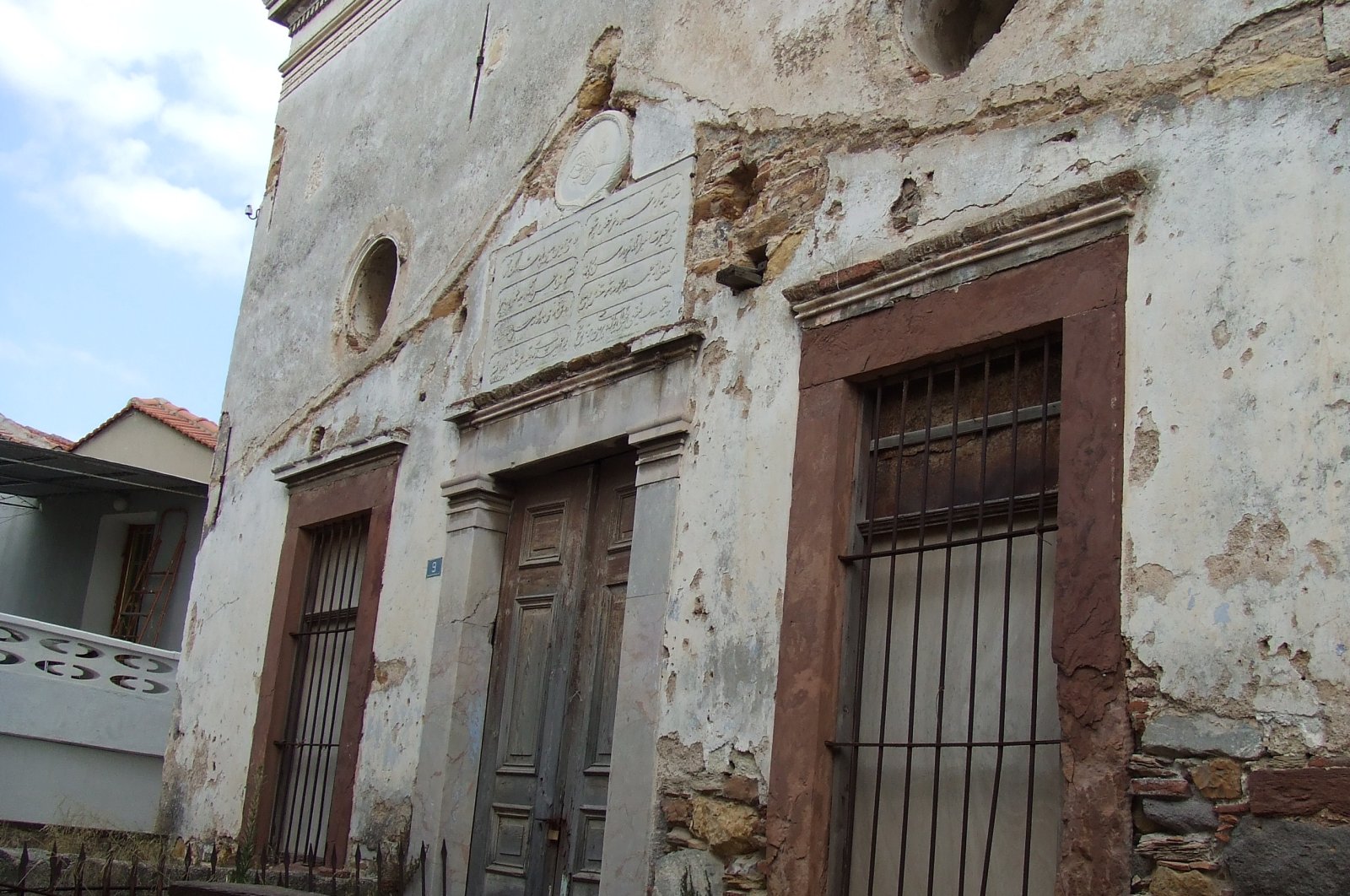
Historians and researchers slam Greece’s practice of shutting down historic mosques in the country dating back to Ottoman times, branding it as a move violating reciprocity principles in granting freedom of religion
"The Christian community can freely perform religious services in churches in Çeşme, but Muslims cannot perform prayers in old mosques in Chios,” Sabri Can Sannav laments. An academic from the history department of Türkiye’s Trakya University, he points to the contrast between religious freedom in the popular Turkish resort town and the Greek island lying just a few miles away from Çeşme. Experts say Greece failed to adhere to reciprocity in securing the religious rights of the Muslim community, while other countries such as Türkiye show respect to their Christian legacy.
Though Greece and Türkiye appeared to have warmed up to each other after the Feb. 6 earthquakes in Türkiye’s south that triggered sympathy from its western neighbor, the state of Ottoman heritage mosques is a point of contention between the two. Türkiye in the past has criticized Athens for depriving Muslim minorities of rights and letting Ottoman-era buildings, including the mosques, fall into disrepair.
Sannav says the Mecidiye Mosque, converted into the Byzantine Museum of Chios in 1912, largely lost its features as a mosque. "It underwent restoration several times since then that resulted in a massive transformation,” he told Anadolu Agency (AA) on Monday. The museum now hosts Christian artifacts and Muslim and Jewish gravestones. The Mecidiye Mosque is the only Ottoman-era structure that remained largely intact in Chios.
"The Mecidiye Mosque is closed while Christian faithful were able to convene a religious service in Aya Haralambos church in Çeşme after 100 years,” Sannav said. "Greece should be more sensitive about this issue. Every member state of the European Union values religious freedom and equality, regardless of the faith. Türkiye is not a member of the EU like Greece but still observes religious freedoms. Greece should answer the question as to why Muslims cannot pray in Mecidiye or other closed mosques while the Christian community can pray in churches here in Türkiye,” he said.
Neval Konuk, an associate professor of architecture from Marmara University who penned a book on Ottoman architecture located on several Greek islands, says four imperial Ottoman mosques stood the test of time in Chios but none serve their original purpose. "One of them is a warehouse for an electrical appliance repair shop, Mecidiye is a museum, while the other two are used to store artifacts from archaeological excavations,” she said.
Konuk says Greece follows a policy of "ignoring” Ottoman-Turkish structures within its borders. "All buildings dating back to the Ottoman era are officially registered as ‘Muslim’ architecture. They simply ignore the background of those Muslims. They are certainly not Indian, Pakistani or Arab Muslims,” she said. She noted that Greek records showed 8,500 buildings built during Ottoman rule, while Greece simply ignored Ottoman buildings constructed in the period after the 1821 Greek uprising against the Ottomans. She says her research highlighted that some 20,000 structures were present in Greece despite deliberate policies of demolition and other factors.
She also noted that Greece’s policies involved "unnatural” restoration of Ottoman-era buildings that "erases” traces of the original purpose of buildings. "Some are restored in a way to make them resemble Byzantine architecture,” she noted.
On Chios, Konuk said the island was ruled by Ottomans from 1566 to 1912 but strangely, the island hosted only one Ottoman cemetery, while gravestones collected from other cemeteries – apparently removed deliberately – were randomly placed in areas serving as a "sort of open-air museum.”
"They remove minarets of mosques or epitaphs. In historic public buildings, we see traces of architecture suggesting that it is an Ottoman-era landmark, plaster is used to cover those traces,” she said.
